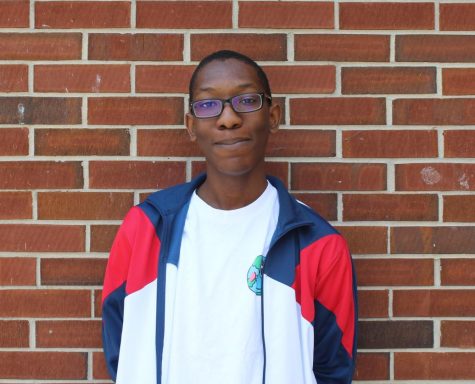Is Disney the hero or the villain?
December 18, 2019
Disney: a name synonymous with integrity, quality and family-friendly values. Since their 1923 inception, the company evolved from a small Burbank animation studio into an entertainment juggernaut never before seen, with current CEO Bob Iger more powerful than founder Walt Disney himself. Over the years Disney built up an image as a pillar of creativity in the film industry. This, however, serves as a facade that covers up the mistreatment of employees and an overbearing monopoly on the entertainment industry.
Creative restrictions on directors of Disney films commonly take place within the company, often undercutting their creative visions for the sake of earning more money. Take Avengers: Age of Ultron director Joss Whedon for example: since the film came out he made various comments about how the studio forced him to cut down on key plot beats from the film or find himself taken off the film; undoubtedly, this played a part in Ultron’s lower reception compared to other Marvel movies. Sadly, this kind of studio inference looks like the norm for the Star Wars series since Disney bought them in 2012: from the scores of reshoots on Rogue One to the firing of directors Phil Lord and Chris Miller on Solo: A Star Wars Story, Disney consistently shows they would undercut their own creator’s visions for the sake of making more “safe” movies.
As for the lower employees working on these films and in their theme parks, they tend to receive the short end of the stick as well: theme park workers and cast members must work for hours on end in uncomfortable suits for a mere $15 an hour. This remains the case for their longtime employees. Outside of their parks and in their studios, child actors often find themselves pushed to their limits, which produces long-lasting negative effects on their mental health. Actors and actresses such as Shia LaBeouf, Miley Cyrus, Lyndsey Lohan, and Demi Lovato suffer through serious criminal and mental health issues since their time working with Disney.
Disney+, Disney’s new streaming service, also launched with a vast array of issues. On launch, the services crashed and millions of users found themselves unable to access their new accounts. These issues continue throughout the following week. Disney blames this on not preparing for the popularity of the streaming service, but they should know the popularity of their films. This claim would imply that they don’t know about the popularity and cultural impact their films possess.
Generally, the company suffers from infamy for shady business practices. One such practice deals with their use of sweatshops. In 2011 the company faced a probe from the Students and Scholars Against Corporate Misbehaviour (SACOM) over the conditions in a Chinese sweatshop that produces Disney products: allegedly, the use of child labor and abuse of workers seemed so severe that it caused a handful to commit suicide.
Disney’s image as a wholesome and family value based-company serves as a mask hiding who they truly are: a greedy corporation content with interfering in the creative process, using sweatshop labor, and mistreating their own workers, all for the sake of increasing their own bottom line.






